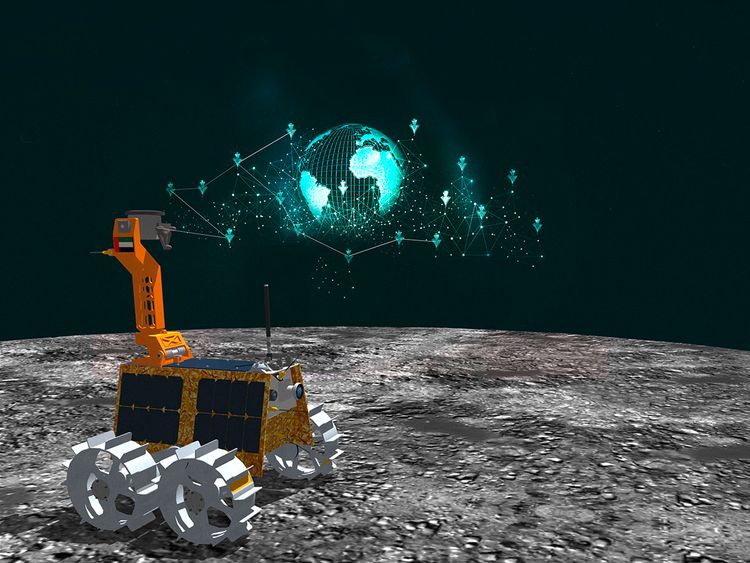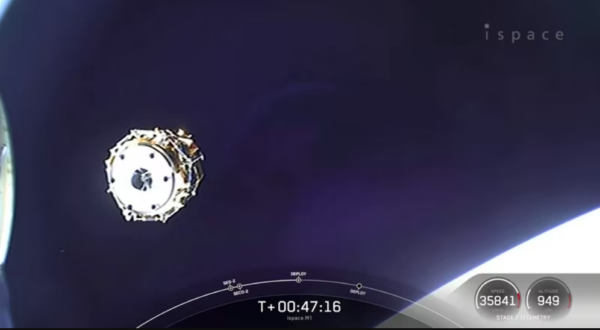A Japanese lander carrying the UAE’s Rashid rover has entered lunar orbit in preparation for next month’s landing attempt.
Ispace, the firm that constructed the Hakuto-R Mission 1 lander, said on Tuesday that the spacecraft was orbiting the Moon safely.
This is the first voyage to the Moon for both the firm and the UAE, and it will pave the way for the UAE’s long-term lunar exploration program.
According to an ispace statement, the Mission 1 lander conducted its initial lunar orbit insertion maneuver in line with the mission operating plan.

Rashid Rover Milestones
This accomplishment proves ispace’s capacity to transfer spacecraft and cargo into a stable lunar orbit.
The launch occurred on December 11 from Florida’s Cape Canaveral Space Force Station.
Shaikh Hamdan bin Mohammed, Crown Prince of Dubai, stated that the insertion into lunar orbit was a moment of pride for the United Arab Emirates.
“We are happy to announce a new Emirati accomplishment with the arrival of the Rashid rover into the Moon’s orbit,” he tweeted.
With the backing of our leaders and the intelligence and will of our young, there are no limits to our space exploration objectives.
Two final stages
The spacecraft has traveled millions of kilometers over a low-energy transfer route, using the Sun and Earth’s gravity to propel itself toward the Moon.
Ispace will try a lunar landing in the Atlas Crater region late next month. In addition, three backup sites have been chosen as a precaution.
“In the future, specific information on the day and time of the landing will be provided,” it stated.
If successful, the ispace landing would be a turning point in the UAE’s space effort.
Yet Moon landings are no simple job. As an example, spacecraft landing on Earth or Mars can utilize parachutes to slow down and land safely.
Nevertheless, because the Moon lacks an atmosphere, complicated maneuvers are necessary to slow down the lander so that it can land softly.
On the Moon, only the United States, the former Soviet Union, and China have accomplished gentle landings.
Both Indian and Israeli landers have crashed on the surface.

